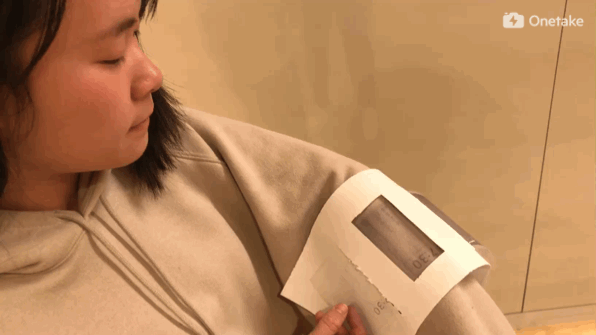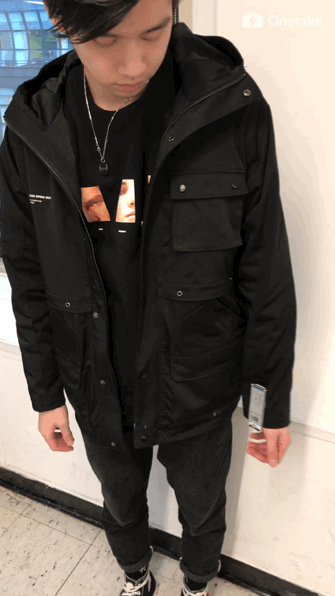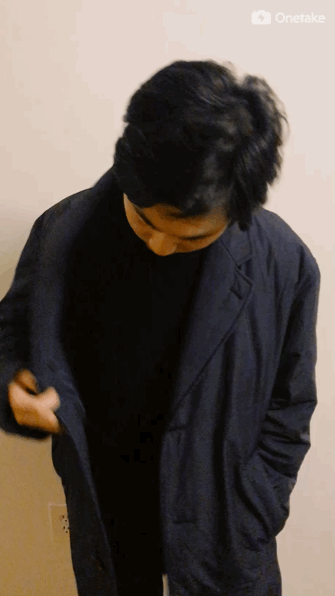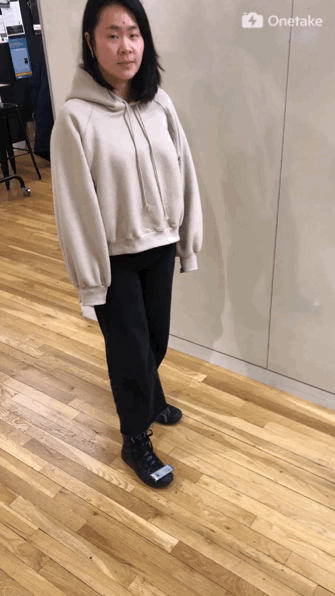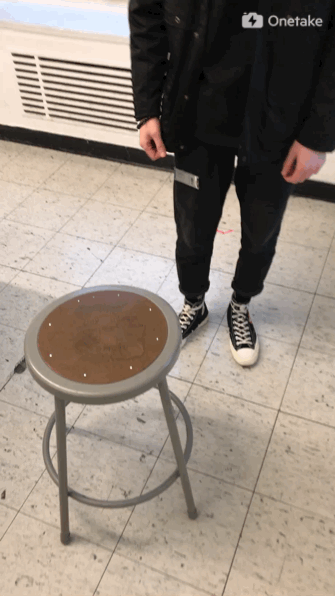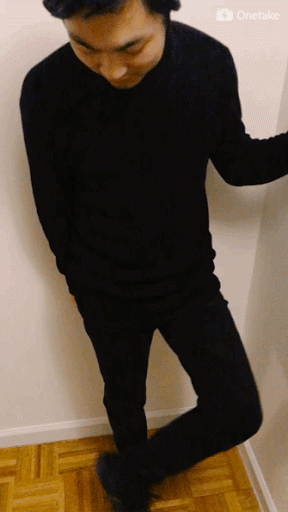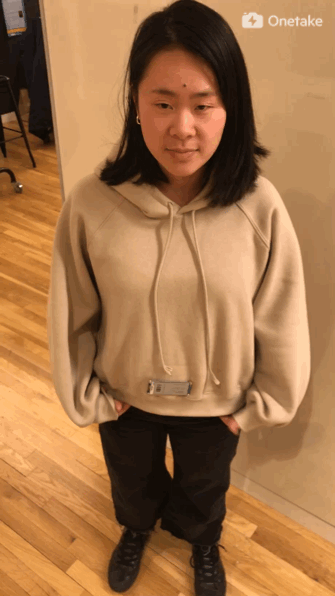My Slip
Dec.2017 | 4 weeks Academic Project
My Slip is an E-ticket product exploring to enhance the customized and ritual experience for paper tickets collecting lovers. For those who enjoy a sense of paper quality, how can we help them fit into a whole digital world in the future?
This project is a service design researching speculates the relationship and development of old objects and new technology.
My Work
Experience Design, User Research, UX Design, Prototyping, Testing
Instructor
Tools
Sketch, Arduino, openFrameworks, After Effects
Phases
Problem defining | Challenge and user targeting
Researching | Cases analysis; Potential user surveys and interviews
User Flow | key interactions defining and user journey map
Prototyping | Prototypes building and user testing
Reflection | Feedback and self-reflects
Problem Defining
E-tickets trends conflicts stubs collecting market
Traditional buying of tickets remains a large stubs collecting group with passion. For example, there are thousands of websites for collecting concert tickets from today’s most popular artists. However, E-tickets will be the main medium to present tickets due to big data trends, cost comparisons and other business options. How will the stubs collecting market meet with the paperless future?
Targeting the User
With the main challenge above, I investigated further to specify the user. Besides for the people who prefer to buy tickets online, this product should mainly service the group pf people who love to collect physical tickets. The most potential and representative users are people who love tickets collecting in Millennials. Because they are the generation who has been experiencing the transformation of e-ticket technology and are willing to accept new form but also born in the era of paper tickets.
Young people
Have the paper tickets collecting habit to record events
Feel comfortable to book tickets online
Researching
Case Analysis
I find the common features of “Analog Innovation“ and Gudak are that they are finding out the key memorable point of traditional medium and also keeping the traditional form of outcome, such as newspaper and the film effect photo, but cleaning up the content through a new technical way of data collecting.
“Analog Innovation“
Updating social media content on the analog newspaper
Respects and protects the elder’s reading habits
Gudak
“Waiting for 3 days to get the film photo“ imitates the traditional flushing photo waiting time
Conducting survey and interviews
At this step, I distributed Chinese and English questionnaires on my various social media and received more than 200 responses. At the same time, I interviewed friends who were used to writing bullet journal and collecting stubs. These have all helped me further define the function and importance of tickets for the target user.
Personas
One ticket can be a truly existing proof of that event, a re-entry for that memory. What they care most is actually the experience they had during that trip, visiting or concert. A paper ticket only presents the basic data of time, location or name of the event, but we can expect more in the IoT future to this direction. The below are the persona examples based on my user research:
User Journey Map
After cleaning up the results of questionnaires and interviews, I created this user journey map to further guide me the context and the possible directions to the answer, which includes the steps, the approaches to it, and the different experience level during the whole journey.
My idea is giving the new data collecting function to let the sense of ticket remain in our life and keep the same feeling as the paper one. After narrow down the users and possible contexts, I decided to choose one specific scenario to present the solution. The next part of prototypes exploring guides me to the design details of the conceptual video.
Prototyping
Prototype 1 - What would the ideal digital-paper ticket look like?
For this prototype, I was exploring how the digital version looks like a paper one. Based on the OLED technology which brings the possibility to a paper-thick screen, I chose the film ink paper by simulating the screen present to test the look and feel of the “mySlip“.
Prototype 2 - How do people interact with this kind of digital-paper ticket?
For further testing the user interaction of checking the Slip, I used Arduino and the E-ink display to set the real event reminder for the tester. There were so many unexpected ways of checking, which supports me a lot to speculate this kind of existing product.
Prototype 3 - What other information providing maybe useful while at the event?
I did lots of quick interview of this question from the first person view to ask for the answer. I found most of the worries can be fixed by location support. So I connected the Leap motion with openFrameworks to present my ideas, the real-time mapping and recording.
Reflection
It was struggling but interesting to explore a possible new form of tickets for the future. Specify the key problem and do the potential user research are real helpful to narrow down to the MVP of this product design.
While my idea only present “mySlip“ in an exhibition visiting context, there is no need to stop there and creative prototypes and tests really can put the idea further forward. “mySlip“ is a smart ticket as much as a data collector, which can be adapted to any events for generating the customized experience and reviewing.








